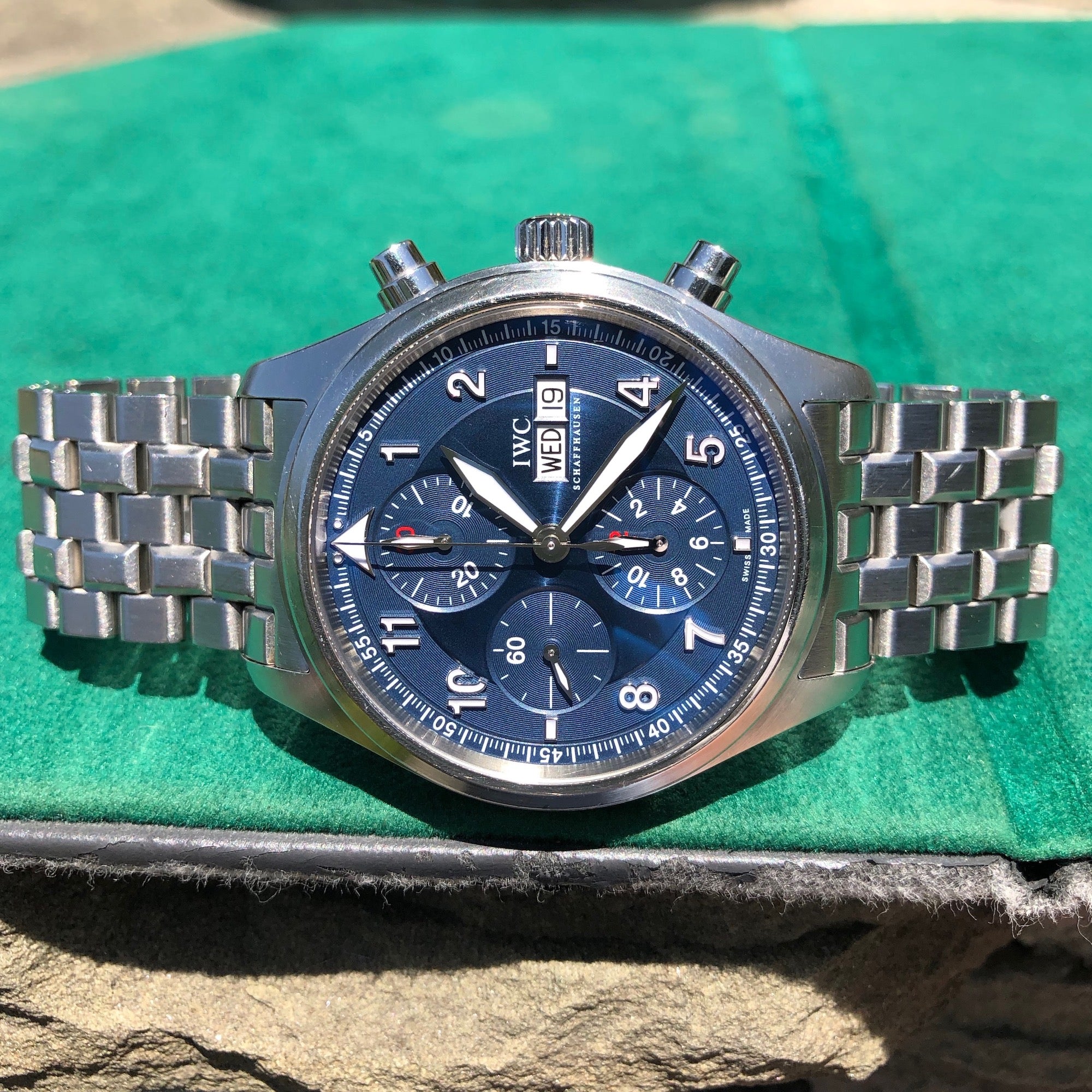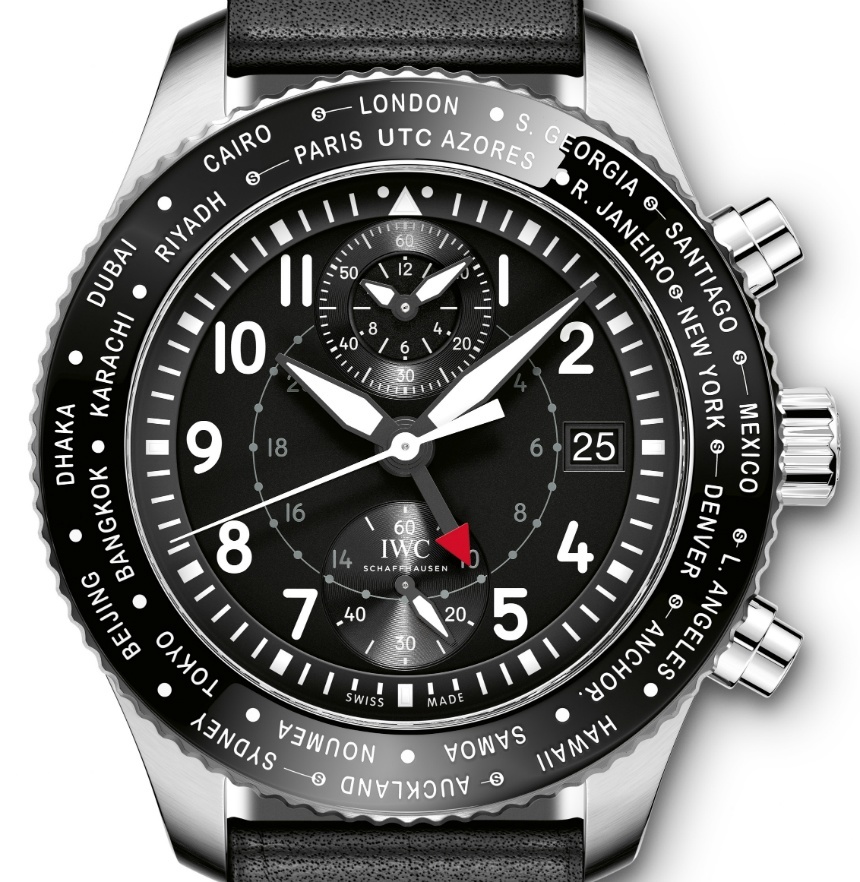
Of course, the OG Mark 11 had no date, and its hour and minute hands were far simpler, but the design as a whole holds up remarkably well more than 70 years later. It’s easy to read at a glance, there are no imposing complications, and its demure stature keeps it flying under the radar (sorry) when not in use. The appeal of the Pilot’s Watch is its simplicity and practicality. That’s pretty much it, and that’s by design. Each hour is clearly marked with its Arabic numeral, each minute gets a hash mark, and at 12 o’clock we find the triangle accompanied by two dots on either side.

It’s a design that borrows heavily from the original Mark 11 developed for RAF pilots in 1948. The material must also be able to withstand the knocks that undoubtedly come with the high G forces experienced inside the cockpit during training.Īt a glance, the Automatic Top Gun is clearly identifiable thanks to the shared dial design found throughout IWC’s expansive Pilot’s Watch family. The black ceramic cases and matte textures are born from the need to eliminate any potential reflective surface that could interfere with the pilot’s visibility. IWC was granted time on the US Navy’s aircraft carrier USS Ronald Reagan to get a better sense of the training routine of these pilots, an exercise that laid the groundwork for the unique materials and appearance of Top Gun watches. The driving force here is to produce watches befitting the elite pilots enduring the rigors of the nine week Strike Fighter Tactics Instructor (SFTI) program (which likely involves less shirtless beach volleyball than you’re imagining).
#IWC PILOT CHRONOGRAPH LICENSE#
The US Navy granted IWC exclusive license to manufacture Top Gun labeled timepieces in 2005, with the first watches appearing with the IWC Pilot’s Watch family in 2007 in the form of a Double (rattrapante) Chronograph.

It’s worth exploring the relationship between IWC’s Top Gun collection, and the US Navy Strike Fighter Tactics Instructor program, aka Top Gun, from which the collection takes its name.


 0 kommentar(er)
0 kommentar(er)
